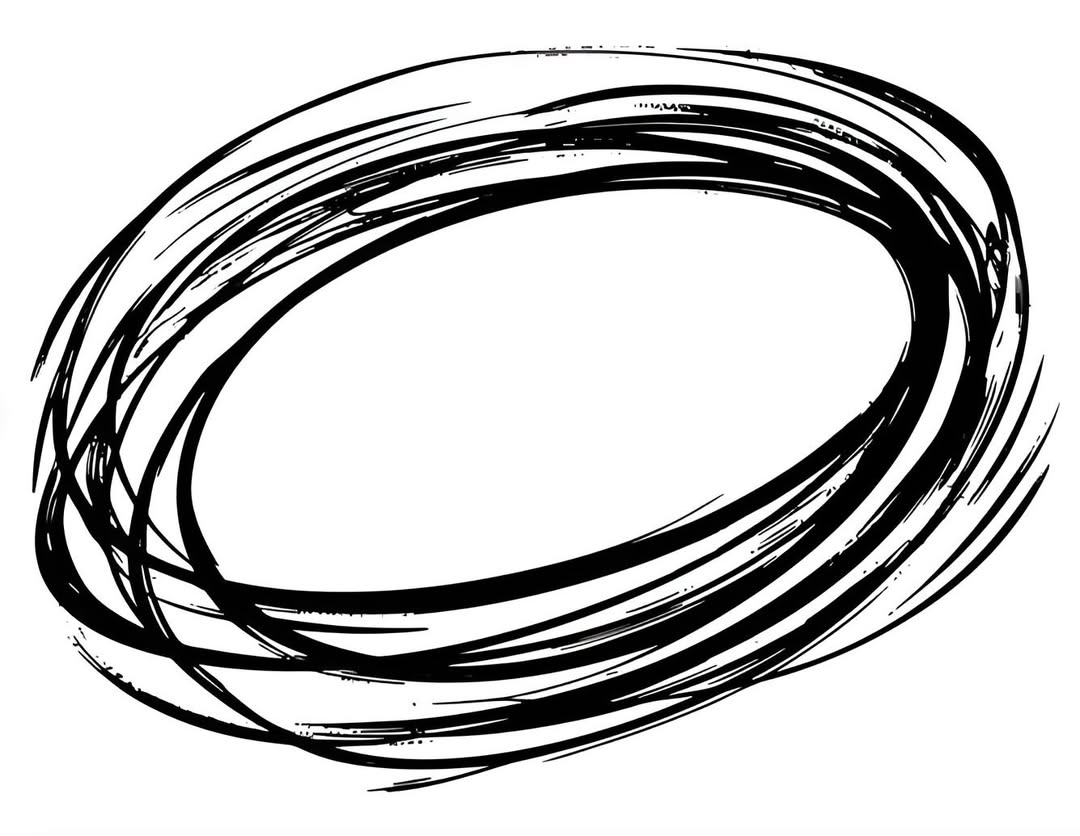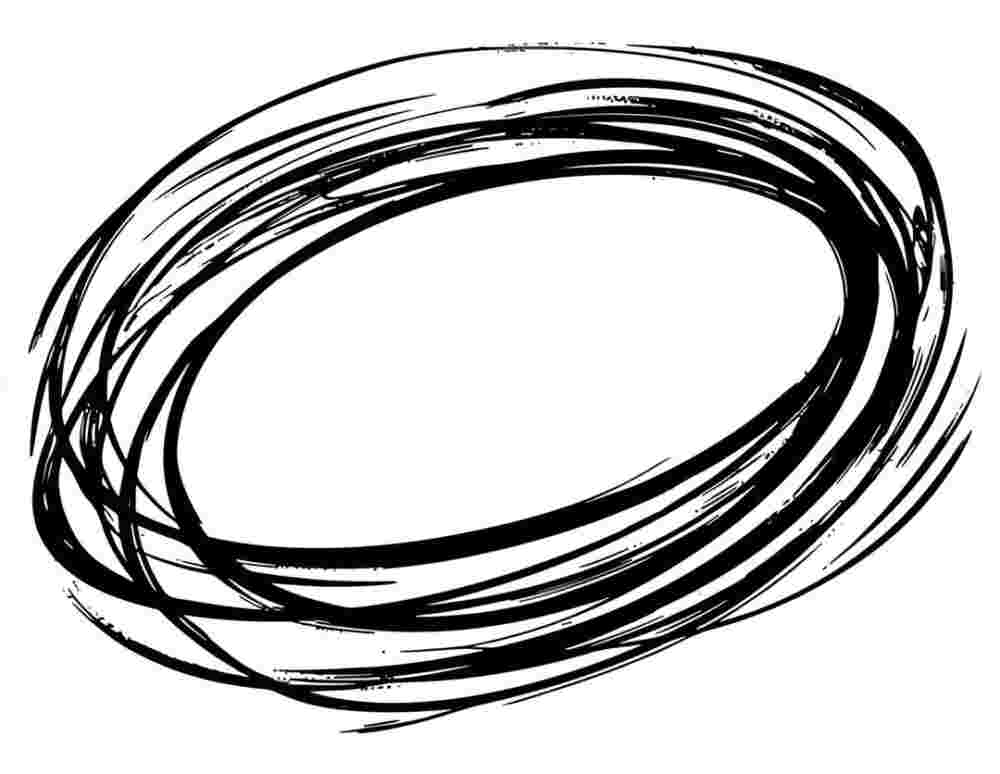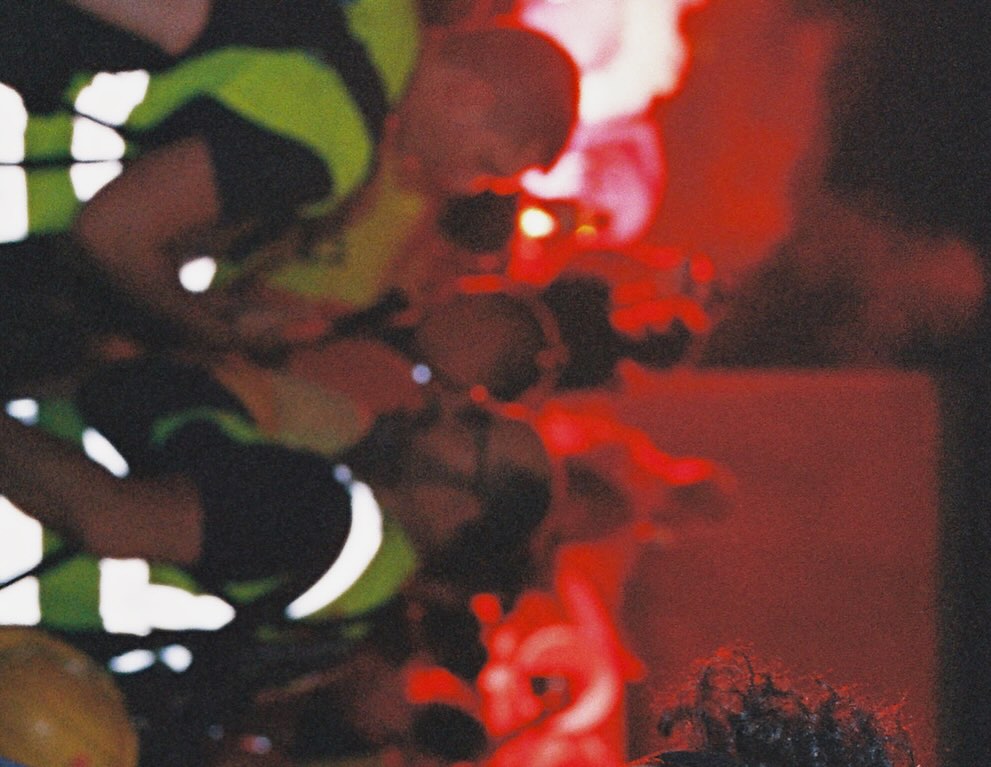
DISAPPEARING ACT/SECOND LIFE ΣΕ ΕΠΙΜΕΛΕΙΑ ΕΥΑΣ ΒΑΣΛΑΜΑΤΖΗ
Η έκθεση Disappearing act / second life φέρνει κοντά πρακτικές που πειραματίζονται με την υλικότητα της αναλογικής εικόνας, στατικής ή κινούμενης, και τις διαδικασίες με τις οποίες συνδέεται. Δοκιμάζοντας τα όρια του υλικού τους, οι καλλιτέχνες ερευνούν τη διαδικασία και την επιτελεστικότητα της ως απαραίτητο συστατικό της παραγωγής τους. Είτε αφορά ευρεθέν υλικό, είτε πληροφορία που οι ίδιοι καταγράφουν, η έκθεση ισορροπεί ανάμεσα στην σταδιακή “εμφάνιση” και εξαφάνιση της εικόνας και εστιάζει στη δεύτερη ζωή του υλικού στοιχείου που παρεισφρύει στην ψηφιακή μας εποχή.
Στο κέντρο της έκθεσης τοποθετείται ένα εύθραυστο σύστημα λούπας για φιλμ super8, το οποίο αποτελεί μια υπόσχεση για συνέχεια ενώ βασίζεται σε μια λεπτή ισορροπία, καθιστώντας το ίδιο το σύστημα εκθεσιακό αντικείμενο. Το περιεχόμενο του μας παρουσιάζει ένα μοντάζ από κομμάτια φιλμ του Κωνσταντίνου Χατζηνικολάου των τελευταίων δύο δεκαετιών που έχουν προηγουμένως “απορριφθεί” από τον ίδιο ή αποτελούν τεστ πριν το γύρισμα, και που δεν βρίσκουν τη θέση τους στο έργο του, είτε επειδή δεν ενσωματώνονται στο σύνολο είτε επειδή δεν θεωρούνται τεχνικά επαρκείς. Το έργο Here’s a scene (2025) που προκύπτει από την τυχαία τοποθέτηση αυτού του απωθημένου υλικού με ημερολογιακό χαρακτήρα επισημοποιείται μέσα από κάθε επανάληψη ενώ ταυτόχρονα ωθείται στη φθορά του μέσα από τη συνεχή χρήση του.Στον απέναντι τοίχο, το έργο της Isabelle Ha Eav Ruiz Looking for the spirit of the river (2025) σκηνοθετεί την εμφάνιση ενός αθέατου ποταμού μέσα από μια τεχνική τυπώματος του 19ου αιώνα που αξιοποιεί ένα φυσικό υλικό, το αραβικό κόμμι (gum bichromate printing). Μέσα από την αναβίωση αυτής της τεχνικής που χρησιμοποιήθηκε στον πικτοριαλισμό, μέρος της οποίας ολοκληρώνεται μέσα σε νερό, η καλλιτέχνις αποτυπώνει το φαντασιακό της για τον ποταμό Ιλισσό, ψάχνοντας τα ίχνη του σε υδάτινες περιοχές στην Αθήνα. Τα μεγεθυμένα αρνητικά που χρησιμοποιεί για αυτή τη μέθοδο γίνονται έργα και τα ίδια, όπως σε αυτό που παρουσιάζεται εδώ (που βρέθηκε στο Ελληνικό Λογοτεχνικό και Ιστορικό Αρχείο, Με την ευγενική παραχώρηση του αρχείου οικογένειας Μελά, Φωτογραφικό αρχείο ΕΛΙΑ/ΜΙΕΤ) στο οποίο βλέπουμε δύο μορφές που πιθανολογείται να βρίσκονται στον Ιλισσό το Χ . Τα δύο έργα στέκουν ως συμβολικές διαδικασίες της σταδιακής επανεμφάνισης και του σβησίματος ενός εξαφανισμένου τόπου.
Στο έργο του Σταύρου Κάσση, η φωτογραφία δεν λειτουργεί μόνο ως εικόνα, αλλά και ως αρχείο, χειρονομία και παρέμβαση. Για το έργο του Turista Desaparecido (2024), ο καλλιτέχνης αξιοποιεί ένα ευρεθέν υλικό φωτογραφιών τραβηγμένων κατά τη διάρκεια ενός ταξιδιού όπου παρακολουθούμε την πρωταγωνιστική φιγούρα σε διάφορους δρόμους και μνημεία μιας πόλης. Η φιγούρα έχει διαγραφεί προσεκτικά με τρόπο που αφαιρεί μεν τα ιδιαίτερα χαρακτηριστικά του απεικονιζόμενου προσώπου, τονίζει όμως ακόμα περισσότερο την παρουσία της στην εικόνα. Η επαναφορά αναμνήσεων και η μετατροπή επιμέρους στοιχείων τους είναι κάτι που και ο καλλιτέχνης ασκεί μέσα από την ερευνά του και την πρακτική του κολάζ, ως έναν τρόπο να εξετάσει τις παραμορφώσεις που επιβάλλονται στον αστικό και ιστορικό χώρο μέσω της τουριστικής ματιάς. Αυτή η ερευνητική πορεία επεκτείνεται και στις τρεις διαστάσεις, με έργα που ενσωματώνουν υλικά από τον δημόσιο χώρο — κομμάτια από έπιπλα, οικοδομικά υλικά κτλ. — δίνοντας τους μια δεύτερη ευκαιρία, όπως και στις φωτογραφίες, να συνυπάρξουν μέσα από νέους συσχετισμούς και δυναμικές.
Τέλος, στις δύο αίθουσες της έκθεσης με τρόπο που επικοινωνούν τοποθετούνται τα έργα του Philip Fleischman, με τίτλο One Meter of White (2025), δύο “αυτοαναφορικά” φωτογράμματα από 16mm φιλμ. Ο καλλιτέχνης — στο έργο του οποίου η επεξεργασία του φιλμ
υπερνικά την πληροφορία που αυτό φέρει και τον οδηγεί συχνά σε μινιμαλιστικά αποτελέσματα — αφαιρεί το περφορέ του φιλμ, στερώντας το πλέον από τη δυνατότητα να λειτουργήσει ως μέσο αναπαραγωγής εικόνας.Τοποθετώντας το φιλμ πάνω στην φωτοευαίσθητη επιφάνεια με διαφορετικούς τρόπους το αντιμετωπίζει ως υλικό απελευθερωμένο από την αντίληψη του ως πηγή σταθερής και επαναλαμβανόμενης πληροφορίας. Η επιτελεστική αυτή προσέγγιση σχετίζεται με τη διεκδίκηση του υλικού για μια ρευστή ταυτότητα που του προσφέρει περισσότερες δυνατότητες ύπαρξης του στον χώρο από ότι η αρχική του χρήση.
Συμμετέχουν: Kωνσταντίνος Χατζηνικολάου, Philipp Fleischmann, Isabelle Ha Eav Ruiz και Σταύρος Κάσσης; Σε επιμέλεια της Εύας Βασλαματζή
Οκτωβρίου – 15 Νοεμβρίου 2025

